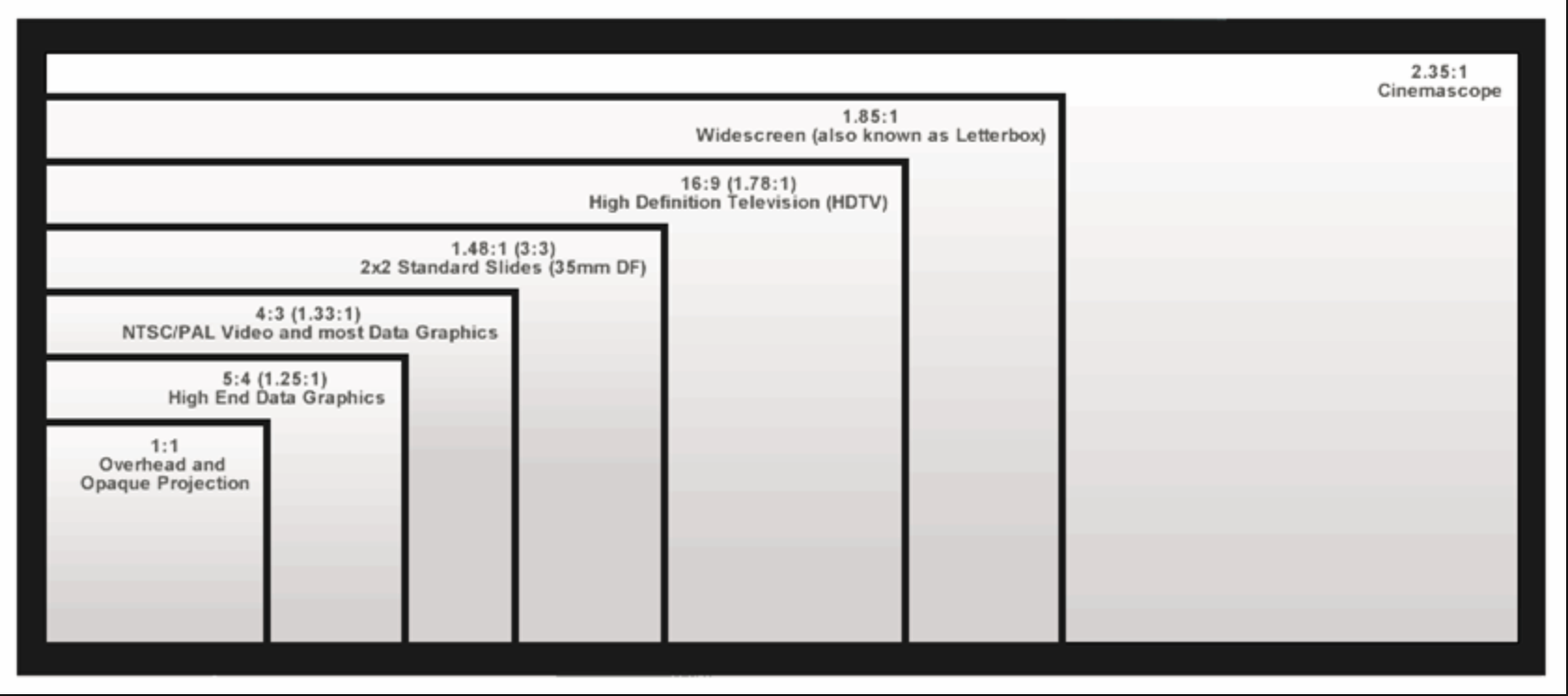Business goals are really important to your business success. They are there to help guide, focus and motivate us. Goals help inspire us to create the pathway we need to follow to get to the end destination.
In business we find ourselves being pulled in so many different directions it can feel overwhelming when trying to focus on the future. What goals allow you to do is target your attention and energy on a key theme or issue and then help you come up with the framework to overcome the obstacle and achieve an outcome.
When we set goals it allows us the opportunity to measure the outcome.
Did that task finish by the deadline? Did I have the number of customers I wanted this month? If something doesn’t go to plan then it gives us the chance to investigate why and figure out the next step. And if something is successful then you can build on that success.
Goals come in all sizes and its important to include, small, medium and large goals. They help to keep you focused on what you want to achieve but more importantly keep you moving forward and growing in your business.












